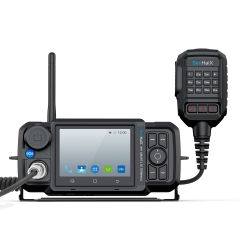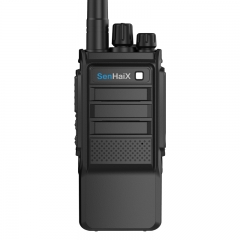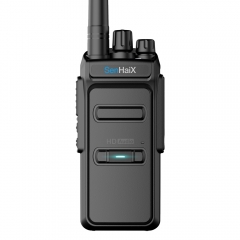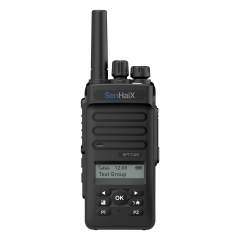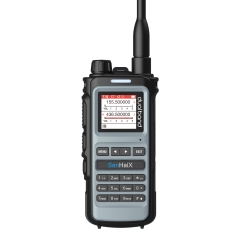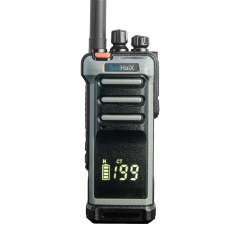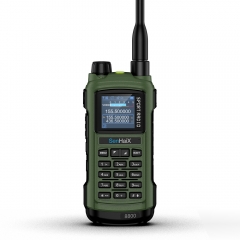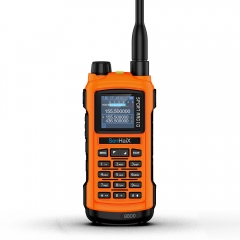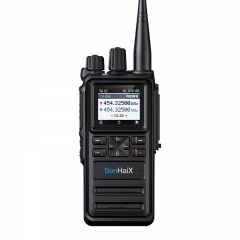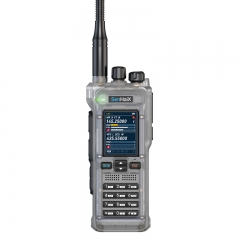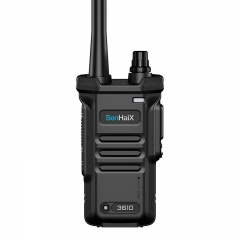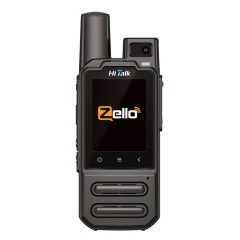In recent years, with the continuous innovation and development of wireless communication technology and the rapid rise of users' demand for wireless radio experience, the basic voice communication function achieved by traditional analog radios has long been unable to meet the increasingly rich user needs. Compared with analog radios, digital radios have many performance advantages. It can help significantly improve the reliability, flexibility and intelligence of users' wireless communications.
First of all: The most obvious advantage of digital radios is that they can comprehensively improve the efficiency of frequency utilization, so as to meet the needs of more users. When the channel spacing is adjusted from 25kHz to 12.5kHz, the frequency utilization rate of the walkie-talkie is doubled, and the digital radio using TDMA technology carries two voice channels in one channel, which makes the channel capacity four times as a whole.
Second: Compared with analog radios, the error correction technology of digital radios improves the effective communication distance and voice clarity of the two way radios, and the digital processing technology of digital radios also effectively inhibits background noise; Enable users to have a better call experience.
Third: While providing unparalleled high-quality voice calls, digital systems can also bring users more privacy, with up to 16 million user ID codes and digital voice, digital systems achieve better private call functions;
Fourth: In terms of management and scheduling, single-call, group call and full call functions have significantly improved the efficiency of group call scheduling management, while many digital applications such as GPS and text messaging have also changed the traditional command and scheduling methods to varying degrees, making the wireless radio communication between teams more flexible and convenient.
Advantage five: In addition, the use of TDMA technology can also save enterprises in equipment investment, and extend the use of battery time. In the past, the emergence of new technologies has a huge impact on enterprise operations and IT budgets, and digital radios compatible with analog technology will help enterprises smoothly through the transition period and maximize the savings of enterprise equipment investment.At the same time, the increase of channel capacity was also significantly reduce the cost of the hardware investment; On the other hand, the TDMA digital system divides the power-consumption transmission into two independent time slots, and compared with the analog system of the same power, each transmission only uses half of the battery power, thus extending the overall battery time of the two way radio by 40%.
In addition to the digital radio features listed above, digital communication systems and solutions can also effectively expand the range of communication and achieve multi-channel, multi-team collaborative communication while limiting the use of illegal users. IP interconnection system can connect multiple Repeaters through IP network to increase the coverage area of the system. The multi-channel cluster system and multi-base station cluster system are suitable for the large number of users, and further improve the frequency and utilization efficiency. In addition, a variety of scheduling systems have also enriched the functions of the digital radio, enabling the operator to achieve task operations such as recording, dispatching, positioning, and work orders.
It can be seen that the transformation of cluster communication market from analog to digital is the inevitable result, and the replacement of old technology by new technology is the inevitable development of science and technology of The Times.


















